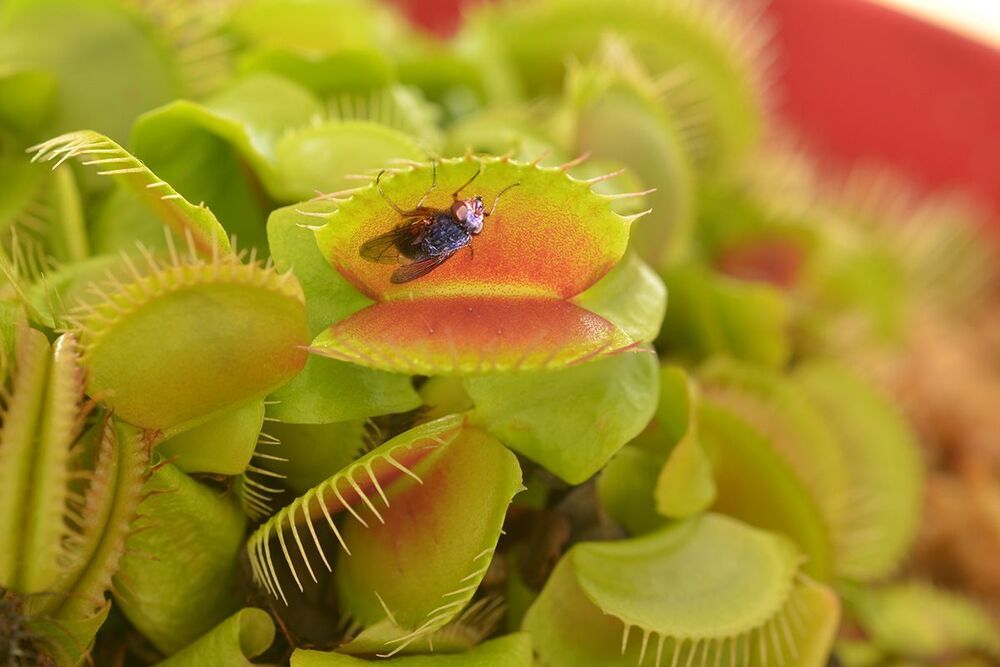Once studied by Charles Darwin, the Venus flytrap is perhaps the most famous plant that moves at high speed. But as Daniel Rayneau-Kirkhope explains, researchers are still unearthing new scientific insights into plant motion, which could lead to novel, bio-inspired robotic structures.
“In the absence of any other proof,” Isaac Newton is once said to have proclaimed, “the thumb alone would convince me of God’s existence.” With 29 bones, 123 ligaments and 34 muscles pulling the strings, the human hand is indeed a feat of nature’s engineering. It lets us write, touch, hold, feel and interact in exquisite detail with the world around us.
To replicate the wonders of the human hand, researchers in the field of “soft robotics” are trying to design artificial structures made from flexible, compliant materials that can be controlled and programmed by computers. Trouble is, the hand is such a complex structure that it needs lots of computing power to be properly controlled. That’s a problem when developing prosthetic hands for people who have lost an arm in, say, an accident or surgery.










Comments are closed.